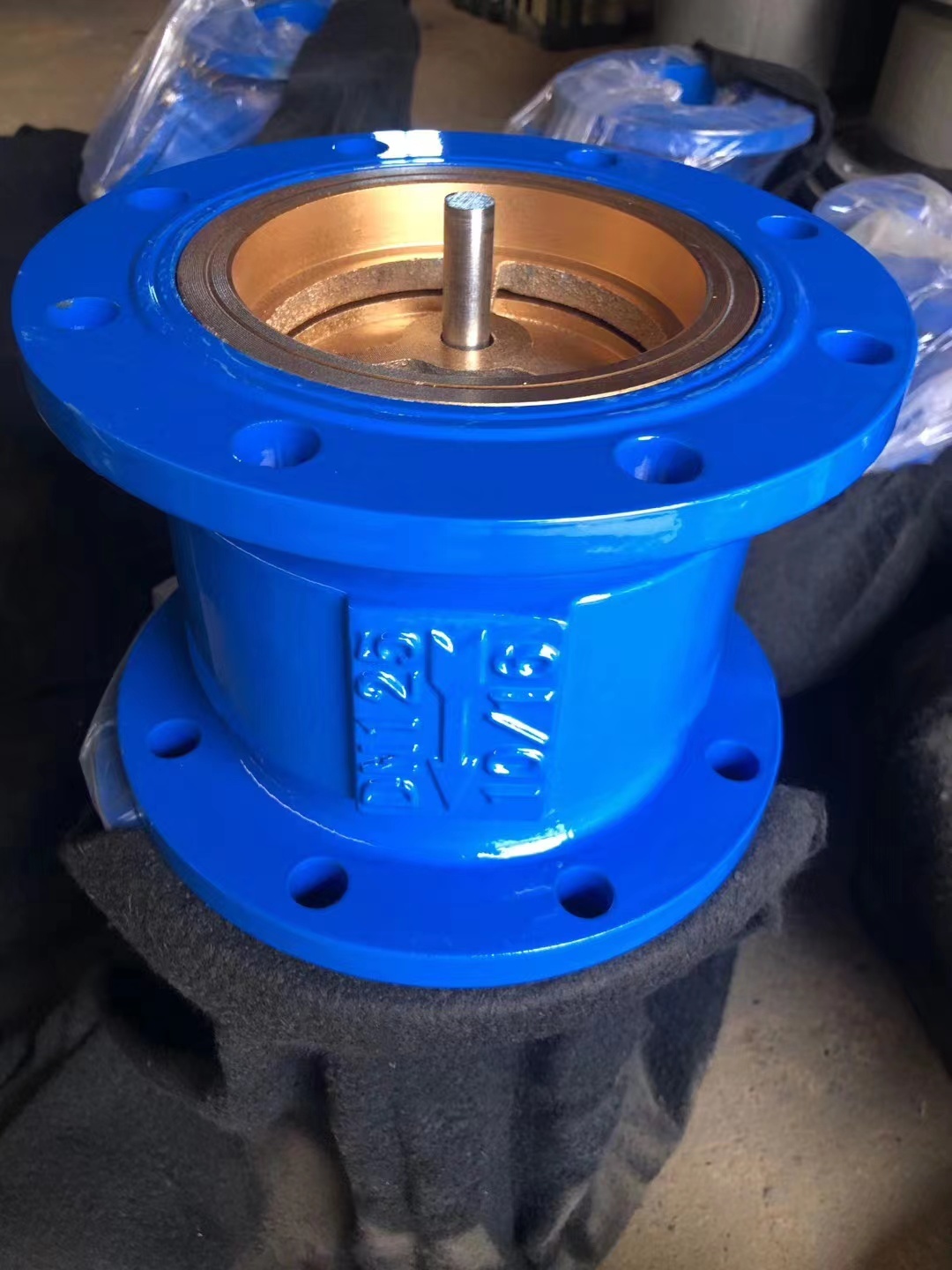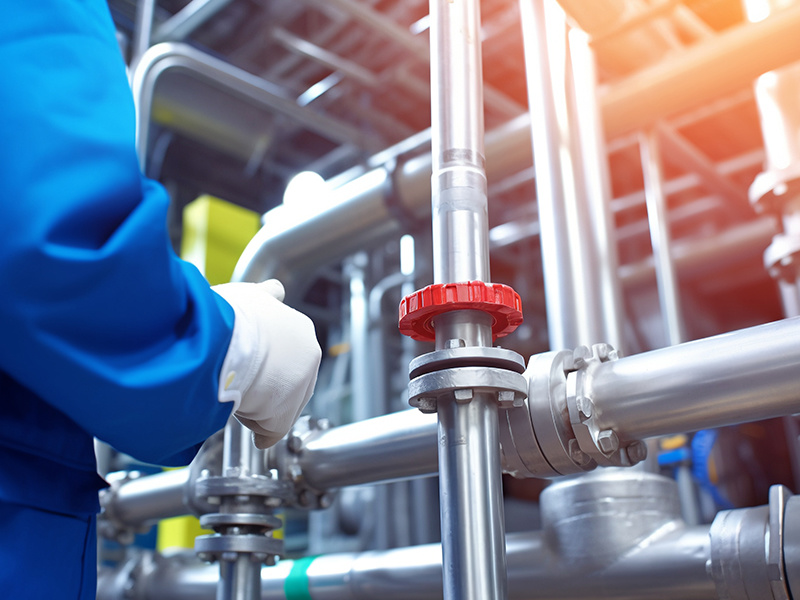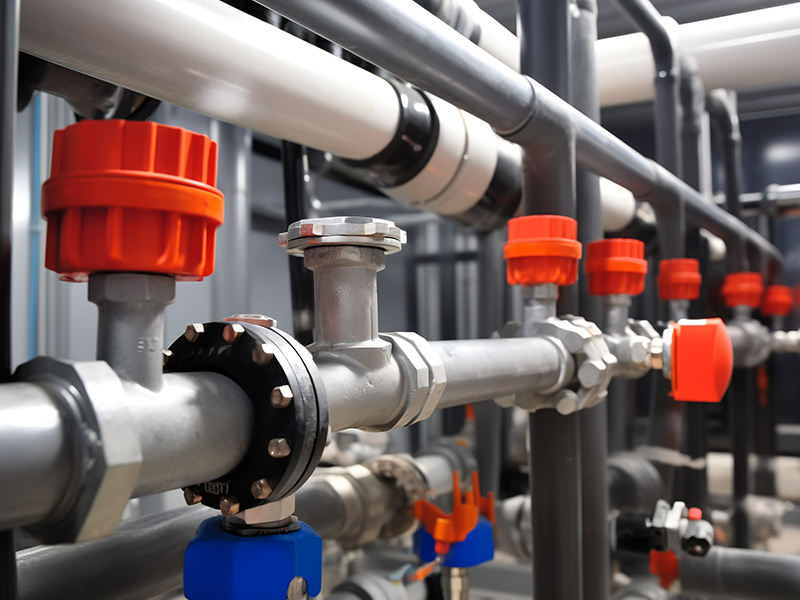Where should the silencing check valve be installed?
Release Time:
Aug 09,2025
The principle of installing the core position of the noise reducing check valve is to install it on the key pipe section that needs to prevent medium backflow and reduce water hammer noise hazards.

The principle of installing the core position of the noise reducing check valve is to install it on the key pipe section that needs to prevent medium backflow and reduce water hammer noise hazards.
The following are the most typical and important installation positions for silencing check valves:
1、The outlet end of the water pump (core position):
Reason: This is the most important and common application location for silencing check valves. When the water pump stops running, the medium (water or other liquid) in the outlet side pipeline and system of the water pump will flow back and impact the water pump impeller under the action of gravity and/or pressure, causing a "water hammer" phenomenon, producing huge noise (pipeline impact sound, buzzing sound), vibration, and even damaging the water pump impeller, pump shaft, seals, and pipeline accessories in severe cases.
Function: The soundproof check valve can quickly respond to changes in the direction of water flow, starting the closing process at the moment of pump stop (possibly in two stages: fast closing and slow closing), quickly cutting off backflow, and effectively absorbing and dissipating water hammer energy using the slow closing function, significantly reducing the peak water hammer pressure and the resulting noise and vibration, and protecting the water pump and pipeline system.
Key points: It should be installed as close as possible to the outlet of the water pump, and it is best to avoid or minimize the use of bends, reducers, and other pipe fittings that affect flow in the middle to ensure optimal results.
2. Partition water pump outlet of high-rise building partition water supply system:
Reason: In high-rise buildings, water supply is usually divided into several pressure zones. Each district has its own pressurized water pump.
Function: To prevent water from the high area from flowing back into the low area pipeline network or pump when the pump is stopped, and to avoid water hammer, noise, and overpressure risks to the low area pipeline network.
Outlet of fire pump:
3.Reason: The power of fire pumps is usually very high, and the water hammer generated when the pump is stopped has extremely strong destructive force.
Function: Protect fire pumps, pipelines, and valve accessories from water hammer damage, ensure the reliability of the fire protection system, and significantly reduce pump shutdown noise.
4.After introducing the backflow preventer on the pipe (specific situation):
Reason: After installing backflow preventers (such as double check valve type and pressure reducing type) on the water supply inlet pipe according to regulations, if the system pressure fluctuates greatly, the backflow water will impact the backflow preventer check valve and produce noise.
Function: Install a noise reducing check valve near the water equipment end after the backflow preventer, which can serve as an auxiliary backflow prevention measure and further reduce possible water hammer noise (especially on the top floor of high-rise buildings or near water points).
5.Import of pressure vessels, boilers and other equipment (when backflow prevention is required):
Reason: To prevent the medium from flowing back when the pressure inside the equipment is higher than the inlet pipeline pressure, or when the pump is stopped.
Function: To prevent backflow, protect upstream equipment (such as feedwater pumps), and reduce the noise that may be caused by backflow impact.





